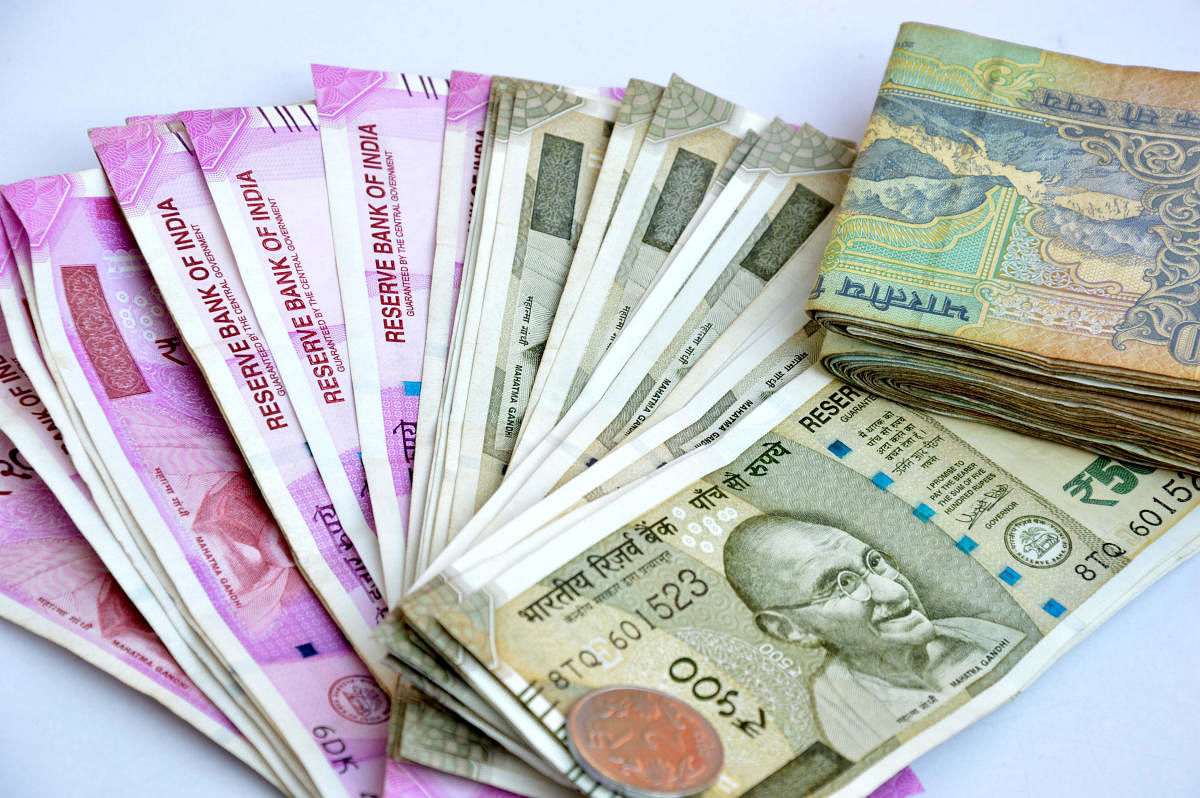The issue of universal basic income (UBI) may have gained momentum in the debate on social security but the country is yet to be convinced about how sustainable it is in terms of securing a reasonable income to maintain a long-term social livelihood. The question that is uppermost in the mind is, what is new in this idea that is not already prevalent in other social initiatives that past governments have initiated and what goals have not been fulfilled as yet. What this initiative aims to achieve should be explained in detail so that everybody understands the concept.
UBI is possibly a radical and compelling paradigm shift which aims to bring in social justice and economic security. It focuses on the principle that a just society needs to guarantee to each individual a minimum income which they can count on, and which provides the necessary material foundation for a life with access to basic goods and a life of dignity. UBI is, like many other rights, unconditional and universal. Hence, it requires that every person should have a right to a basic income to cover their needs, just by virtue of being citizens.
Such an overwhelming objective apparently looks difficult to achieve within a short period of time, but what can be argued is that a fresh long-term initiative needs to be worked out and implemented as it will set the idea rolling.
The UBI, in a narrow sense, essentially aims to provide direct cash transfer to households to guarantee a minimum standard of living for them. This means the government transfers a sum of money at regular intervals to all citizens. The core idea of providing a basic minimum income was first mooted by Jawaharlal Nehru in 1938, even before India attained Independence in 1947. But, historically, the anti-poverty programmes engineered by various governments in India has witnessed mixed results. Although over the years the programmes have experienced marked improvement in some areas, implementation has in general been afflicted by corruption, leakage and also due to the exclusion of many deserving persons. For example, the major employment guarantee scheme in 2011–12 did not reach 40–65% of the poorest.
It is observed that in practice, UBI should target low-income classes and the poor in the country somewhere in the range of 60-75% of the population. Providing universal income is a constructive alternative because it removes the need for identifying and targeting the correct beneficiaries. This is becoming easier with the help of technological aid which ensures biometric identification of the exact beneficiary. This nearly covers all Indians. Financial inclusion and mobile penetration have created the scope for directly transferring cash to household bank accounts. There is still some work to be done as biometric identification becomes contentious in some cases and financial inclusion suffers from last-mile connectivity, that is, beneficiaries are still physically at a distance from banks or ATMs.
Need to address agrarian distress
The translation of this idea into an actionable policy requires a strong political will. There is definitely an opportunity that exists with the unfolding of serious agrarian distress in the country. State governments need to address such concerns. However, for the last couple of years, agricultural prices received by farmers have declined sharply, shrinking their incomes and livelihoods. The result of such agrarian distress was well pronounced in the last three state elections where the ruling party lost its governments in all the states.
The southern state of Telangana took the plunge by providing cash transfers to land-owning farmers. The state of Odisha in eastern India followed by extending this scheme to agricultural labourers and tenants. The announcement by the Congress party to provide a minimum income guarantee for the poor – which has now been detailed to amount to Rs 6,000 a month for the poorest 20% households in the country — has already become a key part of its manifesto for the parliamentary elections. The central government budget has also proposed a cash transfer of Rs 6,000 per year for all small and marginal farmers up to a landowning limit of two hectares.
None of these schemes really aims at creating a UBI because they all aim to target a fraction of the population. Moreover, many are just announcements, and implementation is yet to take place. Pronouncements have to contend with tight government budget constraints; neither the central nor state governments have much fiscal capacity to implement anything close to a true UBI, which could cost a reasonable percentage of the gross domestic product every year.
In addition, implementation of a true UBI seems a little impractical as incessant agricultural subsidies for capital, power, fertiliser and water are simultaneously carried out, making it a huge burden on the government. And, removing these subsidies to replace them with a UBI is a real political challenge. Hence, a UBI is unlikely to happen in the near future considering the fact that the government has a huge responsibility towards containing fiscal deficit.
A reasonably sound idea could be that UBI needs to be financed and implemented jointly by the central and state governments. Cooperation between the Centre and the states is required to find the necessary resources. Competition between states ensures that the rewarding of tough political choices to implement a UBI in one area will be imitated by others. What works for UBI is that, if properly implemented, it will eliminate corruption and leakage of funds. It provides low-income citizens with spendable money and avoids systemic distortions that farm loan waivers impose. Above all, it also becomes politically correct.
(The writer is a Professor at the Lal Bahadur Shastri Institute of Management, Delhi)
